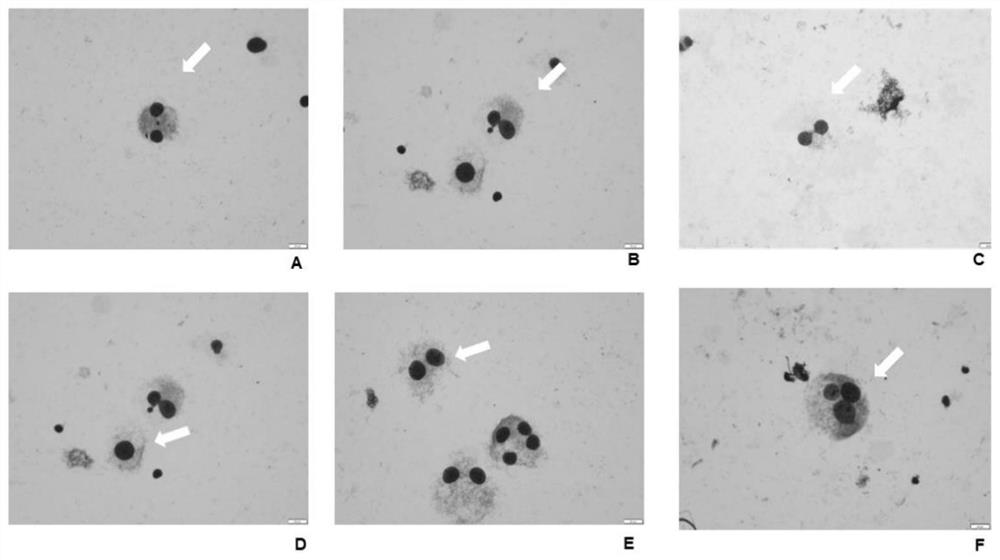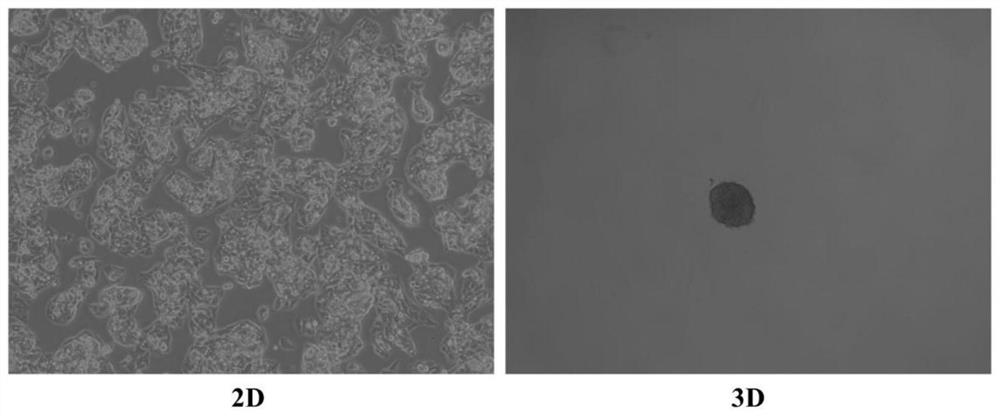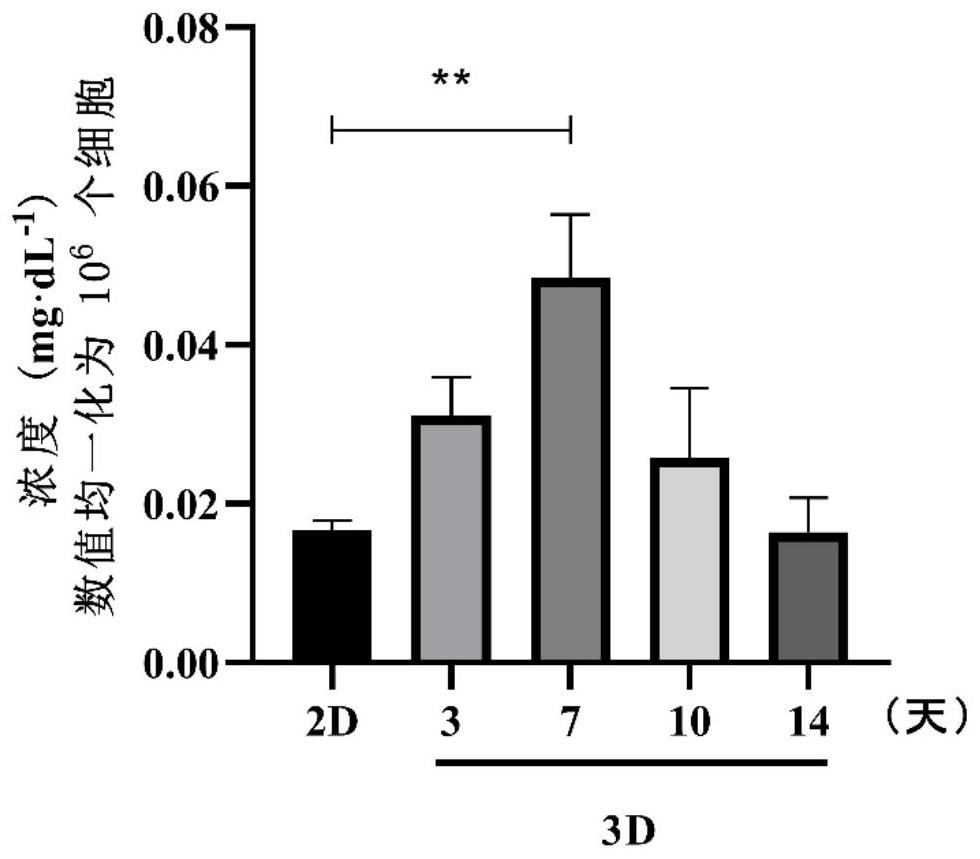Method for detecting genetic toxicity by using 3D hepatocyte in-vitro micronucleus cells
A genotoxicity and hepatocyte technology, applied in the field of genotoxicity detection, can solve problems such as poor correlation of human experiments, and achieve the effect of ensuring accuracy and validity
- Summary
- Abstract
- Description
- Claims
- Application Information
AI Technical Summary
Problems solved by technology
Method used
Image
Examples
Embodiment 1
[0059] Example 1 Cell Culture and Compound Treatment
[0060] The determination of CBMN-cyt was carried out according to the method recommended in the guidelines of in vitro mammalian cell micronucleus assay (OECD TG487, 2016) (FENECH M. Nature Protocols, 2007, 2(5): 1084-1104).
[0061] 1.1 2D cell culture and treatment
[0062] HepG2 cells in the logarithmic growth phase were trypsinized to make a single cell suspension and 1×10 5 The density of cells / well was seeded in 6-well cell culture plate, 37℃±1℃, 5±1%CO 2 Humidified cultivation. After 24 hours, the original medium was sucked off, and the prepared culture solution containing the compound and cyto-B at a final concentration of 5 μg / mL was added. For each treatment group and each condition, 2 wells were treated in parallel, and the sample volume was 4 mL. At the same time, DMEM medium containing vehicle and a final concentration of 5 μg / mL cyto-B was set as the control group. The culture solution was discarded afte...
Embodiment 2
[0120] Example 2 Verification of 3D hepatocyte micronucleus cytomics test method
[0121] The present invention selects two genotoxic compounds benzopyrene (BaP) and cyclophosphamide (CPA) that require metabolic activation according to the recommendation of the guidelines for in vitro mammalian cell micronucleus test (OECD TG487, 2016), an aneuploid The inducer colchicine (COL), two suspected genotoxic compounds (-)-epigallocatechin gallate (EGCG) and furfuryl thioacetate, and a non-genotoxic compound amiodarone, had negative effects on established The 3D hepatocyte micronucleus cytomics assay method was validated to explore the applicability of this method for compounds with different mechanisms.
[0122] In this example, 6 representative substances with different genotoxicity mechanisms were selected to conduct a preliminary verification of the in vitro 3D hepatocyte micronucleus cytomics method, and the experimental results were compared with the micronucleus cytomics resul...
PUM
 Login to View More
Login to View More Abstract
Description
Claims
Application Information
 Login to View More
Login to View More - R&D
- Intellectual Property
- Life Sciences
- Materials
- Tech Scout
- Unparalleled Data Quality
- Higher Quality Content
- 60% Fewer Hallucinations
Browse by: Latest US Patents, China's latest patents, Technical Efficacy Thesaurus, Application Domain, Technology Topic, Popular Technical Reports.
© 2025 PatSnap. All rights reserved.Legal|Privacy policy|Modern Slavery Act Transparency Statement|Sitemap|About US| Contact US: help@patsnap.com



